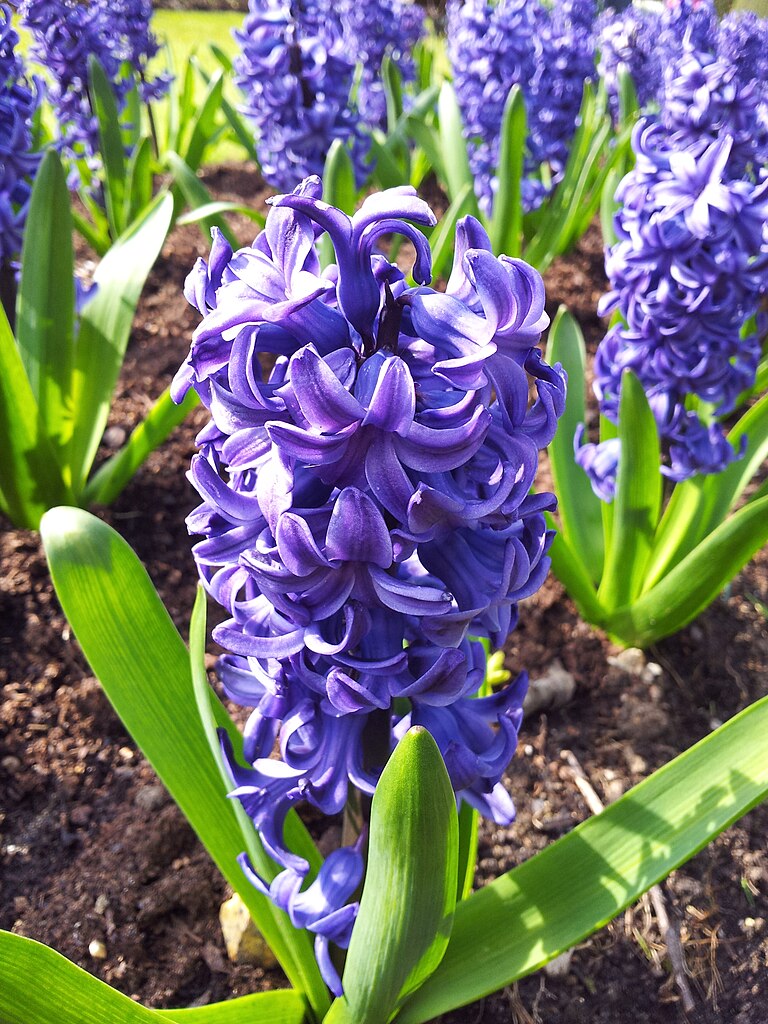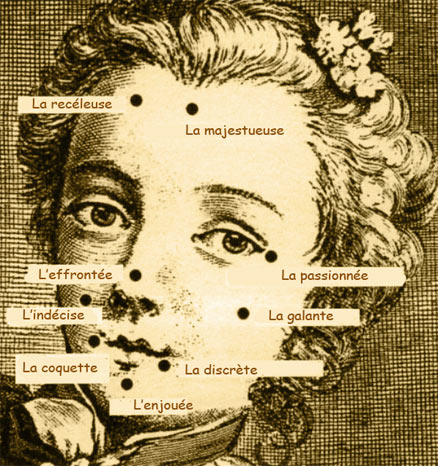Friday Fun Facts - 9/7/2012

Here are this week's Friday Fun Facts about Diana Gabaldon's books.
1) Here are a couple of examples of Iroquois masks of the type used by the False Face Society.


As Ian explained to Brianna in A BREATH OF SNOW AND ASHES:
After this second loss, the Medicine Society had taken the two of them to a private hut, there to sing and beat drums and to dance in huge painted masks, meant to frighten away whatever evil entities might be hampering Ian’s spirit--or unduly strengthening Emily’s.According to this site,
"I wanted to laugh, seeing the masks," Ian said. He didn’t turn round; yellow leaves spangled the shoulders of his buckskin and stuck in his hair. "They call it the Funny-Face Society, too--and for a reason. Didna do it, though."
"I don’t...suppose Em-Emily laughed." He was going so fast that she was pressed to keep up with him, though her legs were nearly as long as his own.
"No," he said, and uttered a short, bitter laugh himself. "She didna."
(From A BREATH OF SNOW AND ASHES by Diana Gabaldon, chapter 70, "Emily". Copyright© 2005 by Diana Gabaldon. All rights reserved.)
Members of the society put on the false faces to visit the lodge of a sick man who has declared himself in need of a cure. With their masks on, and shaking rattles made of turtle shells, the members who are to effect the cure creep towards the sick man's home speaking a nasal "language" . They scrape their rattles against the door, and enter the house, continuing to shake the rattles. Then ashes and tobacco are used in a ritual meant to drive away the cause of the patient's illness. Anyone who is cured becomes a member of the society, or a man or a woman may join if he or she has a dream signifying that it is necessary to become a member.Here is another site with more information about the masks.

2) This is what hyacinth looks like. (Photo from Wikipedia.) What beautiful flowers! It really is a shame that Jamie's allergic to them.
"Are you all right?” I looked around for some means of disposal, and settled for dropping the sachet into a stationery box on my desk at the far side of the room.For more information about hyacinths, look here. There are a number of interesting facts on that page, including the following:
“Aye, I’ll do. It’s the hya…hya…hyaCHOO!”
“Goodness!” I hastily flung the window open, and motioned to him. He obligingly stuck his head and shoulders out into the wet drizzle of the morning, breathing in gusts of fresh, hyacinth-free air.
“Och, that’s better,” he said with relief, pulling in his head a few minutes later. His eyes widened. “What are ye doing now, Sassenach?”
“Washing,” I explained, struggling with the back laces of my gown. “Or getting ready to, at least. I’m covered with oil of hyacinth,” I explained, as he blinked. “If I don’t wash it off, you’re liable to explode."
(From DRAGONFLY IN AMBER by Diana Gabaldon, chapter 11, "Useful Occupations". Copyright© 1992 by Diana Gabaldon. All rights reserved.)
An ancient Greek legend describes the origin of the Hyacinth. Two of the gods, Apollo and Zephyr, adored a handsome young Greek called Hyakinthos. Apollo was teaching Hyakinthos the art of throwing a discus.
Zephyr, who was the god of the west wind, was overwhelmed with jealousy and he blew the discus back. It struck Hyakinthos on the head and killed him. From his blood grew a flower, which the sun god Apollo named after him.

3) This is an illustration of what an eye infected with a loa loa worm looks like.
"Jesus H. Roosevelt Christ," I said. "What was that?"The diagram below, from the CDC's website, illustrates the life cycle of the loa loa worm.
"A loa-loa worm," Geilie said, looking amused at my reaction. "They live in the eyeballs, just under the lining. They cross back and forth, from one eye to the other, and when they go across the bridge o’ the nose, I’m told it’s rather painful." She nodded at the slave, still quivering slightly on his pallet.
"The dark keeps them from moving so much," she explained. "The fellow from Andros who told me about them says ye must catch them when they’ve just come in one eye, for they’re right near the surface, and ye can lift them out with a big darning needle. If ye wait, they go deeper, and ye canna get them."
(From VOYAGER by Diana Gabaldon, chapter 60, "The Scent of Gemstones". Copyright© 1994 by Diana Gabaldon. All rights reserved.)

The Wikipedia entry notes matter-of-factly, "Common symptoms include itching, joint pain, fatigue, and death." (Yikes!)
If you're really curious, you can do a Google image search for more pictures. I won't post the more graphic photos here!
4) This photo shows Ft. Ticonderoga, as seen from Mt. Defiance. You can easily see how the fort would be vulnerable to enemy attack from that location:
The fort could indeed hold out against standard siege tactics; forage and provisions had been coming in from the surrounding countryside in abundance, and Ticonderoga still had some artillery defenses and the small wooden fort on Mount Independence, as well as a substantial garrison decently supplied with muskets and powder. It could not hold out against major artillery placed on Mount Defiance, though. Jamie had been up there, and told me that the entire interior of the fort was visible--and thus subject to enfiladement at the enemy’s discretion.What exactly is "enfiladement"? Here's the definition from Wikipedia:
(From AN ECHO IN THE BONE by Diana Gabaldon, chapter 50, "Exodus". Copyright© 2009 by Diana Gabaldon. All rights reserved.)
A formation or position is "in enfilade" if weapons fire can be directed along its longest axis. For instance, a trench is enfiladed if the opponent can fire down the length of the trench.Here is the official website of Fort Ticonderoga. I've never been there myself, but it looks like a fascinating place to visit!
5) Remember the star-shaped beauty mark that Phillip Wylie wore in THE FIERY CROSS? These tiny beauty marks -- made of velvet, taffeta, or even leather -- were known as "mouches", after the French word for fly. Here is a diagram, labeled in French, showing what the location of the mouche was supposed to symbolize.

Here is a similar list in English, for those of you who don't speak French. <g>
middle of forehead = dignified
corner of eye = passionate
middle of cheek = gallant
heart-shaped (left cheek) = engaged
heart-shaped (right cheek) = married
between mouth and chin = silent
on lower lip = discreet
beside the mouth = likes to kiss
on nasolabial fold = playful
on nose = saucy
near lip = flirtatious
Phillip Wylie wore his star-shaped beauty patch in the corner of his mouth, which you can see from the diagram above means he was flirtatious. (As if we couldn't tell that from his behavior!)
[Jamie's] lips pressed tight together, and he didn’t answer. Instead, he extended a forefinger and touched it, very delicately, beside my mouth. He turned his hand over then, and presented me with a small dark object clinging to the tip of his finger--Phillip Wylie’s star-shaped black beauty mark."Une dame à sa toilette", by 18th-century artist François Boucher, shows a lady applying beauty marks to her face.
“Oh.” I felt a distinct buzzing in my ears. “That. Er...” My head felt light, and small spots--all shaped like black stars--danced before my eyes.
(From THE FIERY CROSS by Diana Gabaldon, chapter 43, "Flirtations". Copyright© 2001 by Diana Gabaldon. All rights reserved.)

You can see more about these beauty patches here.
I hope you enjoyed these Friday Fun Facts! Look here to see all of my Friday Fun Facts blog posts. And please stop by next week for more!








You have shown me where Diana hides her gold!